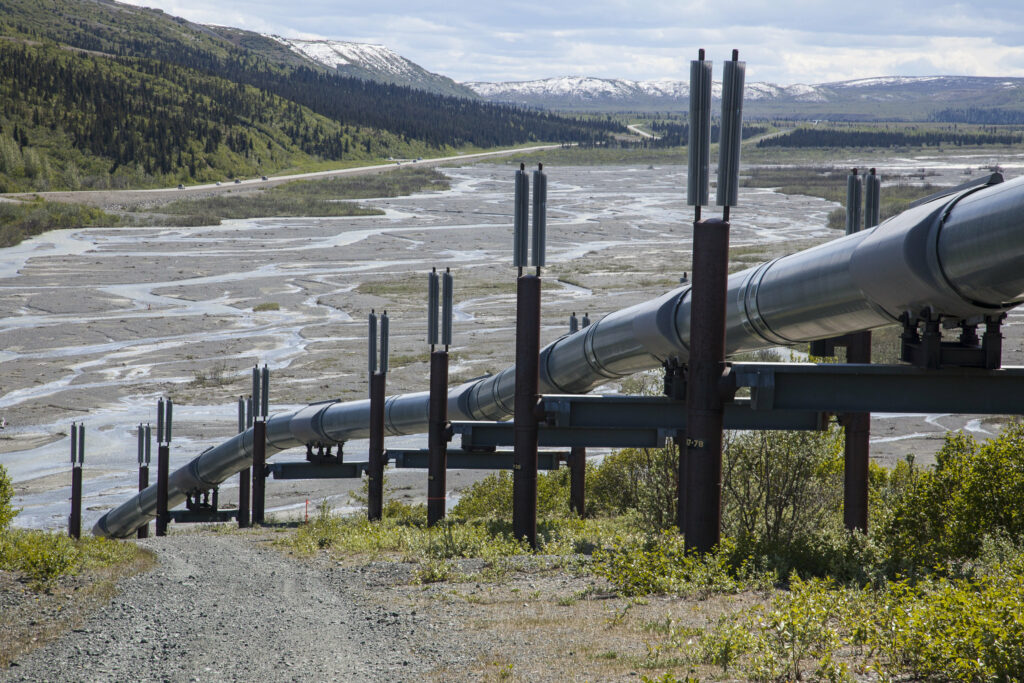The Los Angeles Times
Column: We loved our pensions. Then our employers took them away. How was that allowed to happen?

In a recent column in the New York Times, Paul Krugman argued that if President Biden succeeds in giving Americans affordable childcare, universal pre-K and paid family leave, it will be almost impossible to take them back.
People would never allow such desirable, transformational benefits to be taken away once they had become part of the fabric of our society, he wrote. Officials wouldn’t dare try because the backlash would be too great.
I hope he’s right. But all I could think, as I read along, was, “If that’s the case, where’s my pension?”
I’m talking about the kind of old-fashioned pension that many of our mothers, fathers and grandparents received — a “defined-benefit” pension, which provided employees with a guaranteed lifelong income as they grew old in retirement.
Pensions were part of the “fabric of our society” until they were taken away.
Most government workers still get them. But private sector workers? Fuggedaboutit. Although as many as half of private sector workers were covered by defined-benefit plans in the mid-1980s, the U.S. Bureau of Labor Statistics says that by 2019, only 16% of private sector workers had access to them.
I’m not breaking any news here. This is a trend in the wrong direction that’s been underway for more than 30 years. But the story bears repeating because it is both a tragedy and a potential lesson.
The tragedy is obvious. The retirement plans that dominate now — 401(k)s mostly — were designed merely to supplement pensions, but became the go-to alternative instead. They offer no guaranteed income in retirement, but instead put the responsibility for saving and investing entirely on the individual, leaving people more worried about their financial futures — and often rightly so. An estimated third to a half of all Americans, including many who have 401(k)s, have insufficient funds to retire at their current standard of living.
As for the lesson, it’s that, yes, actually they can take stuff away from us, and there won’t necessarily be a backlash. Of course in the case of pensions it was our employers who did away with them, not elected politicians. That makes a big difference. Corporate America simply decided the pension system wasn’t penciling out, and since we don’t get to vote about what our employers do (except with our feet), they got away with it. Government, for its part, did not step forward to rescue us.
I remember how my grandmother took her pension the moment she became eligible for it at age 62 and lived off it in a comfortable-but-not-luxurious manner for 20 years after that.
I was covered by a traditional pension plan too at the very start of my career, but it was quickly frozen. My children? Are you kidding?
Let’s back up for a moment. The first private pension in the country was introduced by American Express for some employees in 1875. From there, the pension system grew and grew, especially after the Second World War.
By the 1970s and 1980s, employees who were covered by pensions could expect a pretty standard package: Benefits became available at age 60 or 65, as long as you’d worked for the company for five or 10 years. The longer you worked, and the more you earned, the higher the pension amount.
Workers knew in advance how much they’d be getting. No doubt they earned a bit less during their careers in return for a lifetime retirement income, but the trade-off was worth it.
I don’t want to suggest that everything was perfect. If people changed jobs, their pensions were not portable. Pension funds could be underfunded; sometimes workers were left in the lurch. The biggest problem was that companies were not required to offer pensions, so only employees of certain companies could participate.
But for decades, the system expanded. In the 1940’s, 4 million people were covered; in 1987, 40 million people were covered.
Why did the system collapse? A million reasons, including the rise of 401(k)s, which allowed employers to shift risks from themselves onto employees. (To be fair, some employees liked the idea of managing their own investments.) The declining strength of unions didn’t help. The Employee Retirement Income Security Act of 1974, designed to safeguard set-aside funds, unexpectedly persuaded some companies to stop offering pensions at all.
“We’ve moved backwards,” says Josh Gotbaum, a Brookings scholar whose field is retirement economics. “If you had a pension — and let’s be clear, not everybody did — you knew that when you retired, you’d get a paycheck for your whole life and you’d know how much it would be. Now, you don’t know how much will be there when you retire or how long it will last.”
Former U.S. Secretary of Labor Robert Reich, who teaches public policy at UC Berkeley, says that corporate leaders used to feel a duty not just to shareholders but to all stakeholders, including employees. Since the 1980s, the emphasis has shifted to showing “greater and greater profits,” leading CEOs to slash wages and benefits. The move away from defined benefit pensions was part of that.
Pensions as we knew them are unlikely to return. But the fight for retirement security continues. California allows many people whose employers don’t offer 401(k)s to save for retirement through its CalSavers program. There are proposals to dramatically expand Social Security. Some argue for automatic enrollment in 401(k)s, rather than requiring people to “opt-in,” to increase participation.
I’m sure that once benefits are offered by government, it becomes a lot harder to repeal them, as Krugman suggests. But just to be sure, remember the pension lesson: If there are benefits we trust and rely on, we’d be wise to keep a close and protective watch over them so no one takes them away.


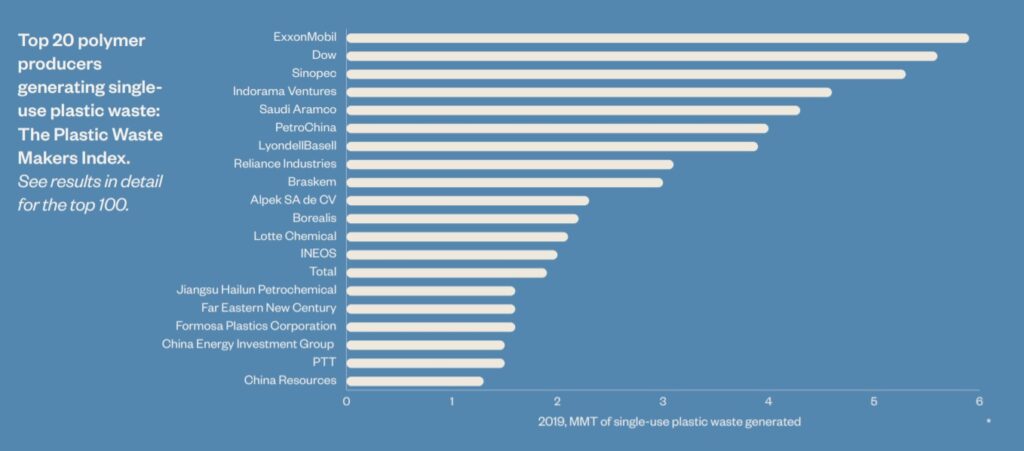
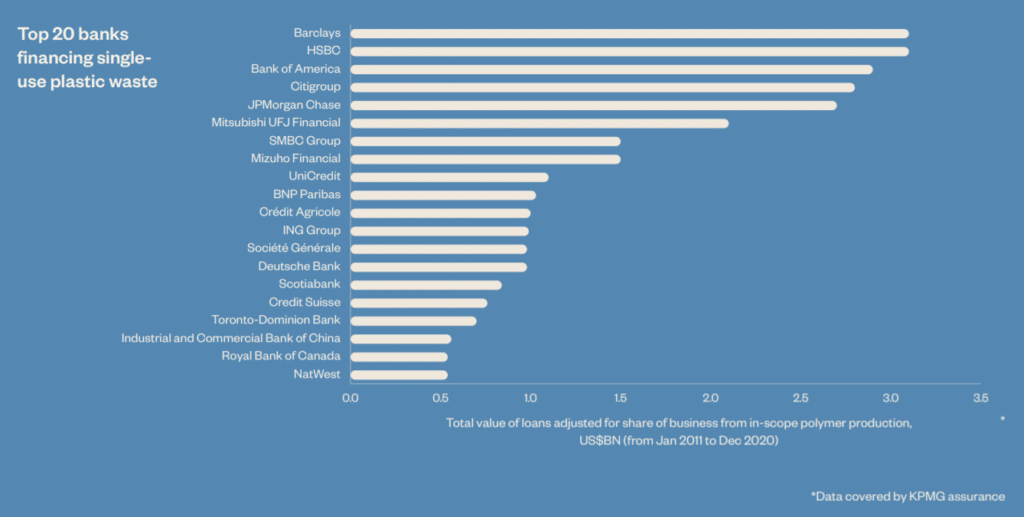
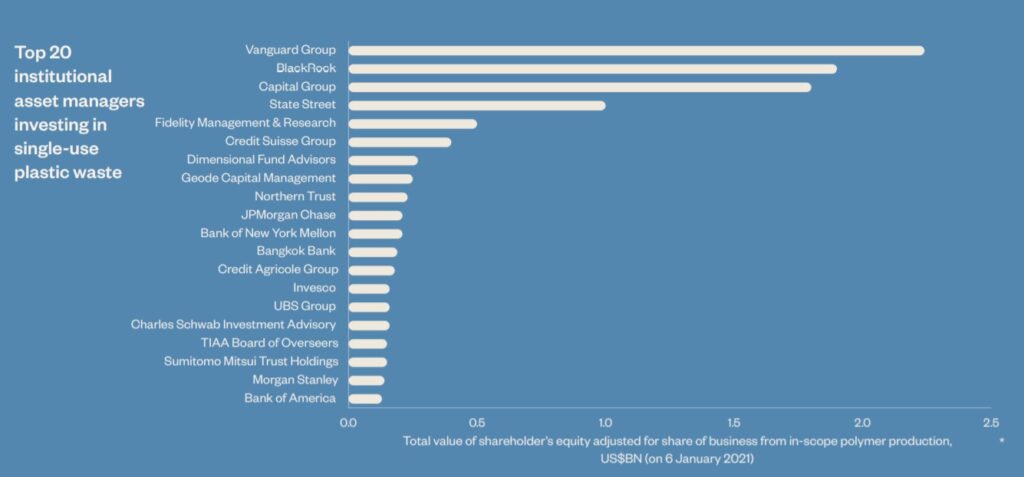
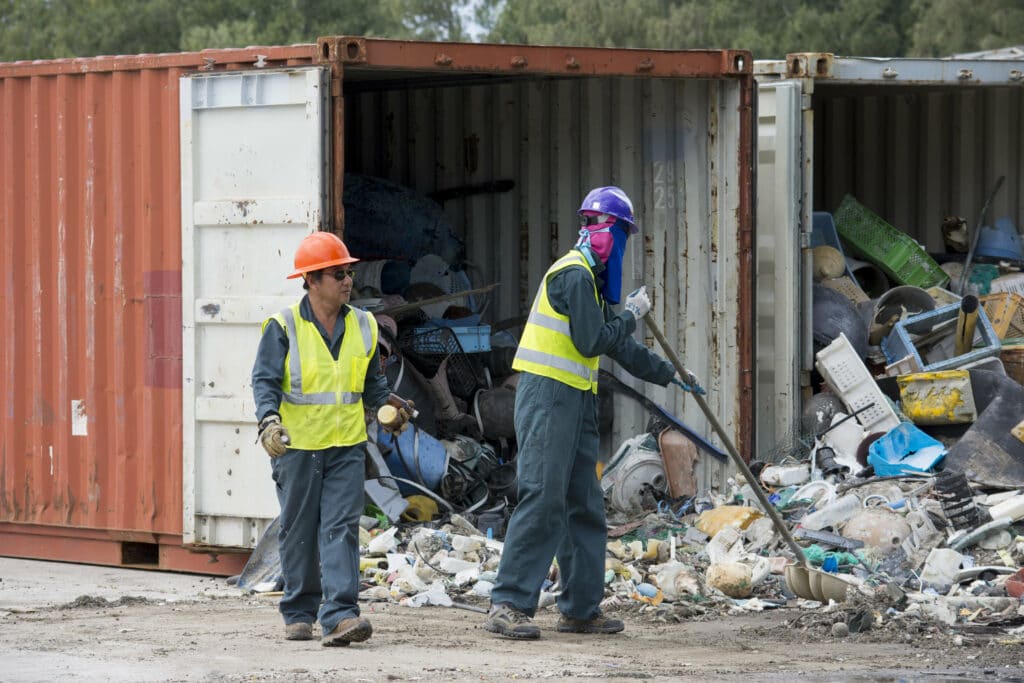
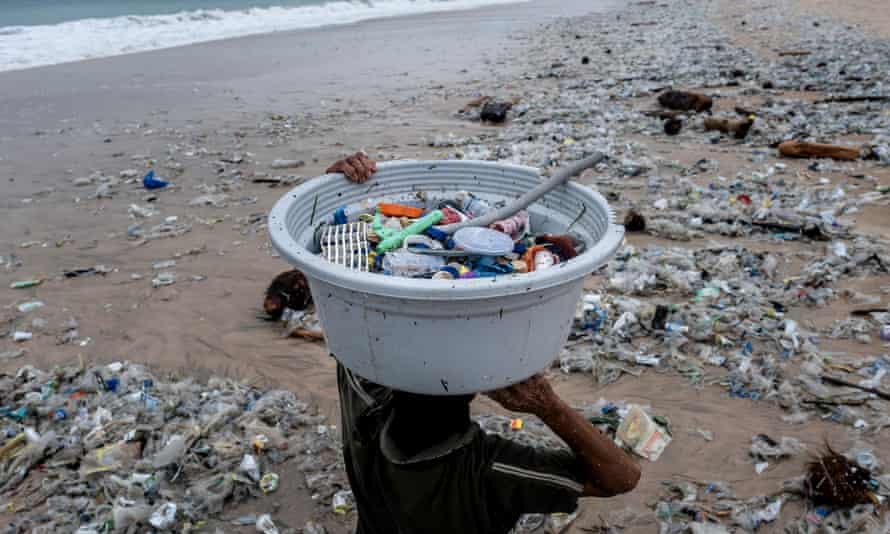

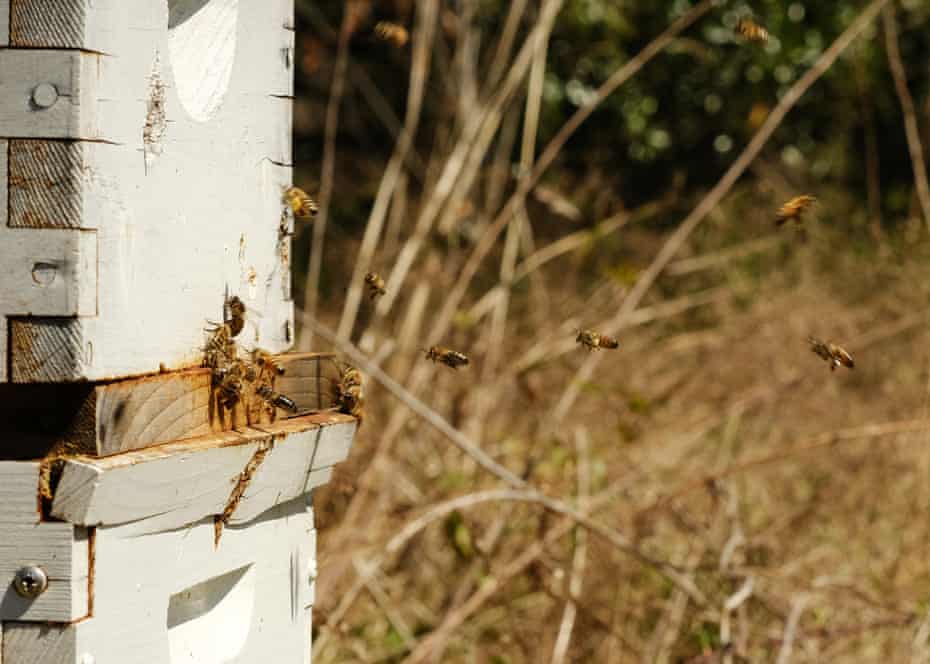








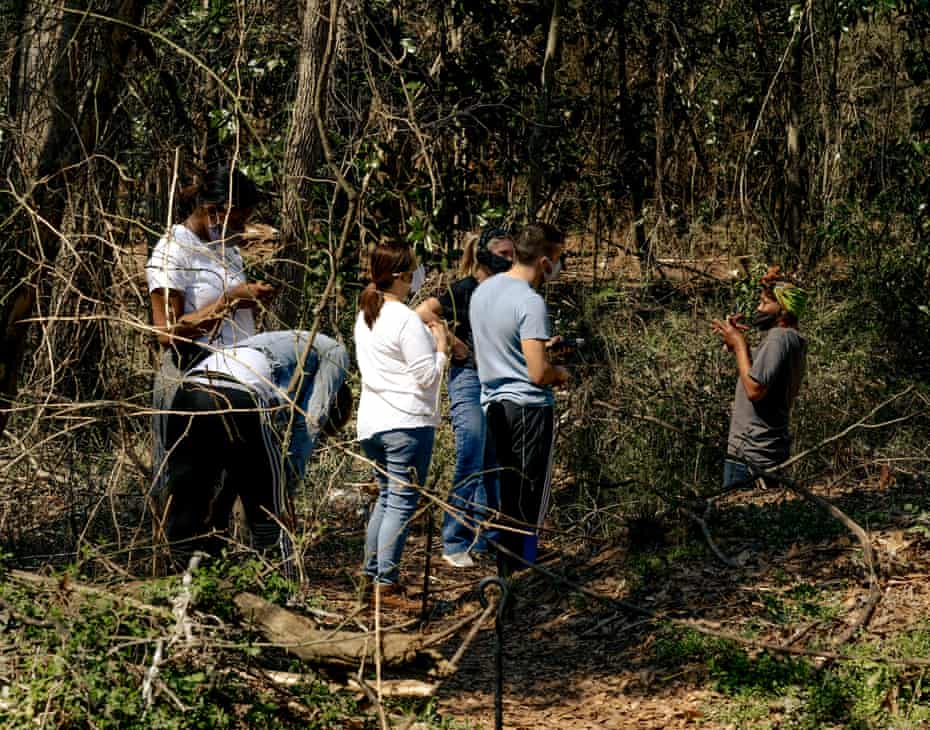


 A recycling dumpster in Los Angeles. Citizen of the Planet / Education Images / Universal Images Group / Getty Images
A recycling dumpster in Los Angeles. Citizen of the Planet / Education Images / Universal Images Group / Getty Images An initial pre-sort removes contaminates, items that can’t be recycled, at Republic Services in Anaheim, California on Thursday, April 15, 2021. Paul Bersebach / MediaNews Group / Orange County Register / Getty Images
An initial pre-sort removes contaminates, items that can’t be recycled, at Republic Services in Anaheim, California on Thursday, April 15, 2021. Paul Bersebach / MediaNews Group / Orange County Register / Getty Images Recyclable waste must be sorted, cleaned and processed before it can be sold as a commodity on the open market. Nareeta Martin / Unsplash
Recyclable waste must be sorted, cleaned and processed before it can be sold as a commodity on the open market. Nareeta Martin / Unsplash

